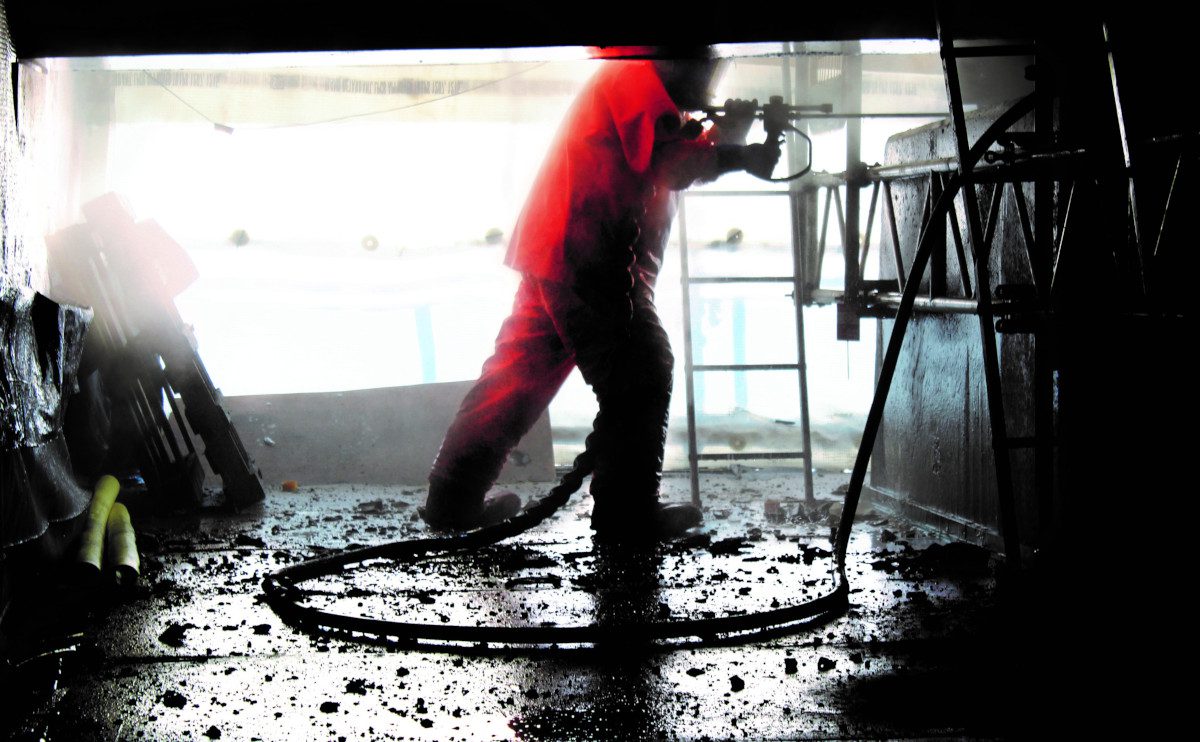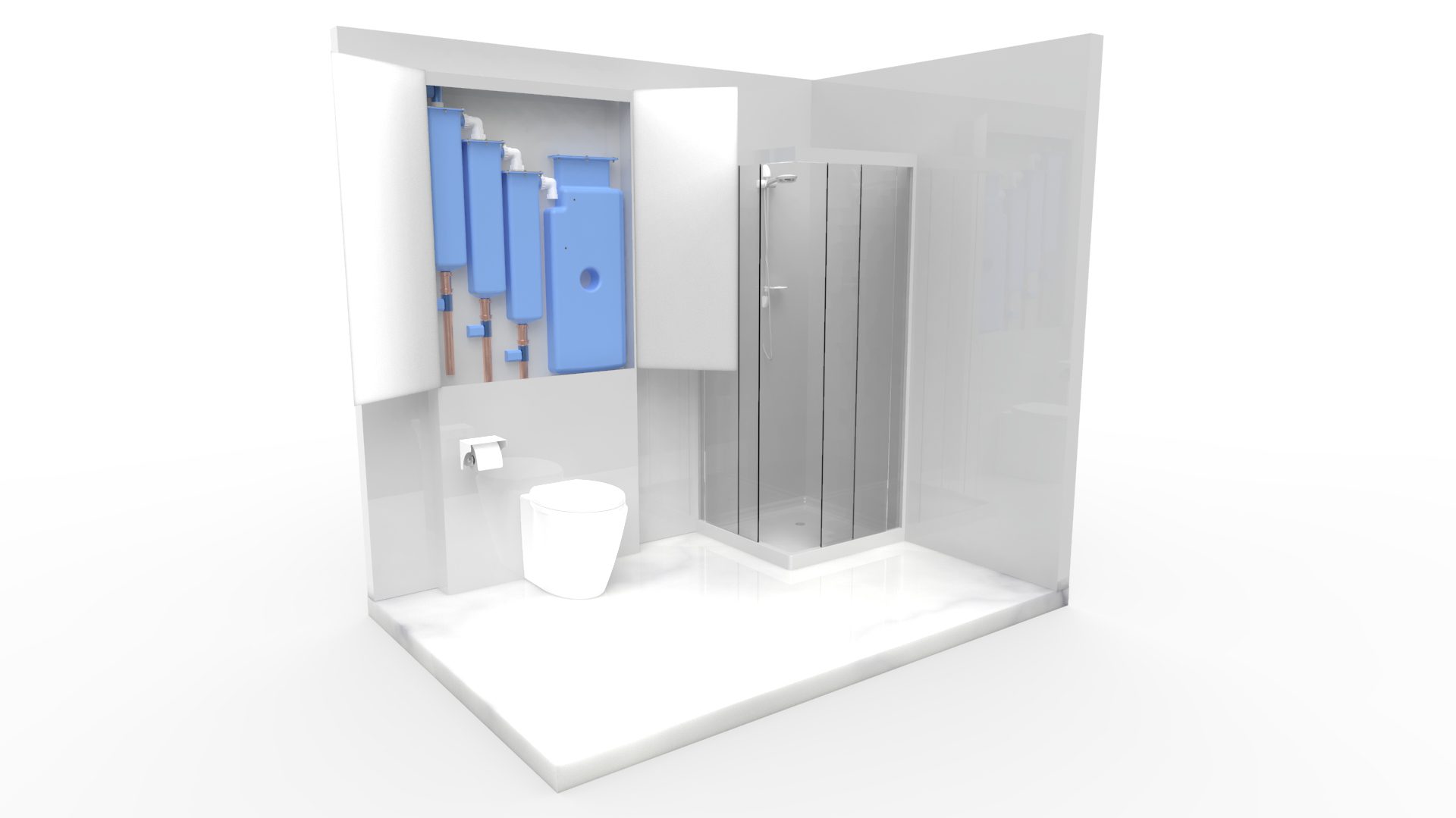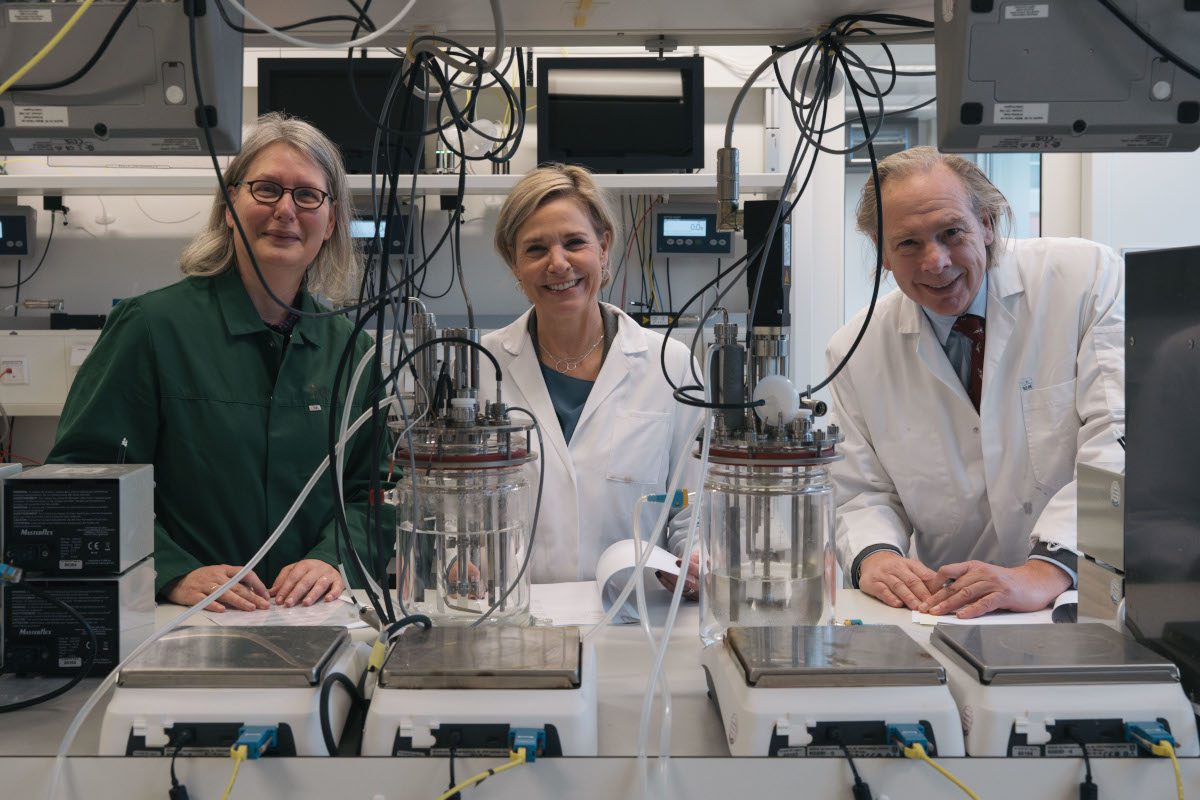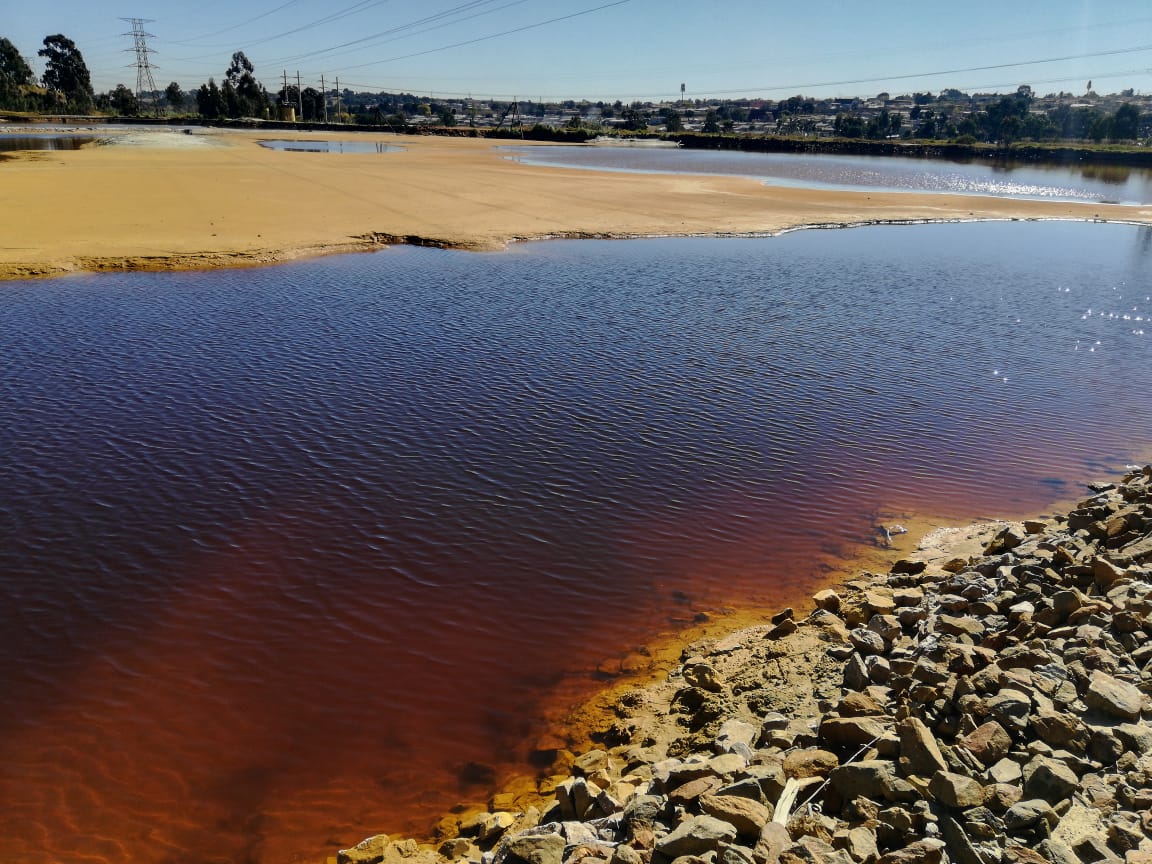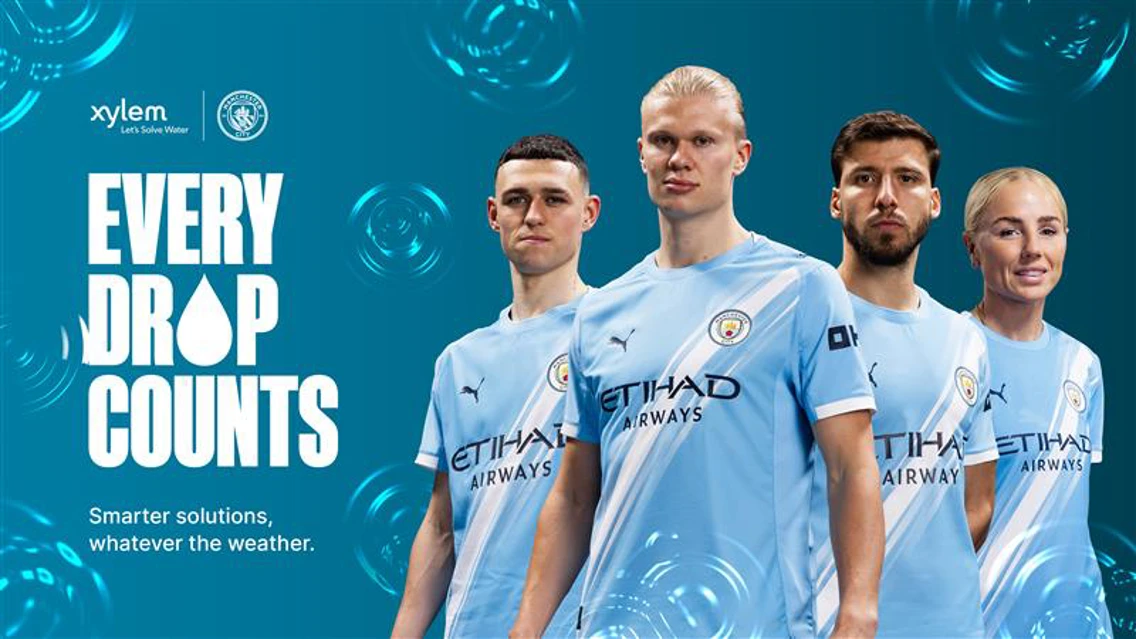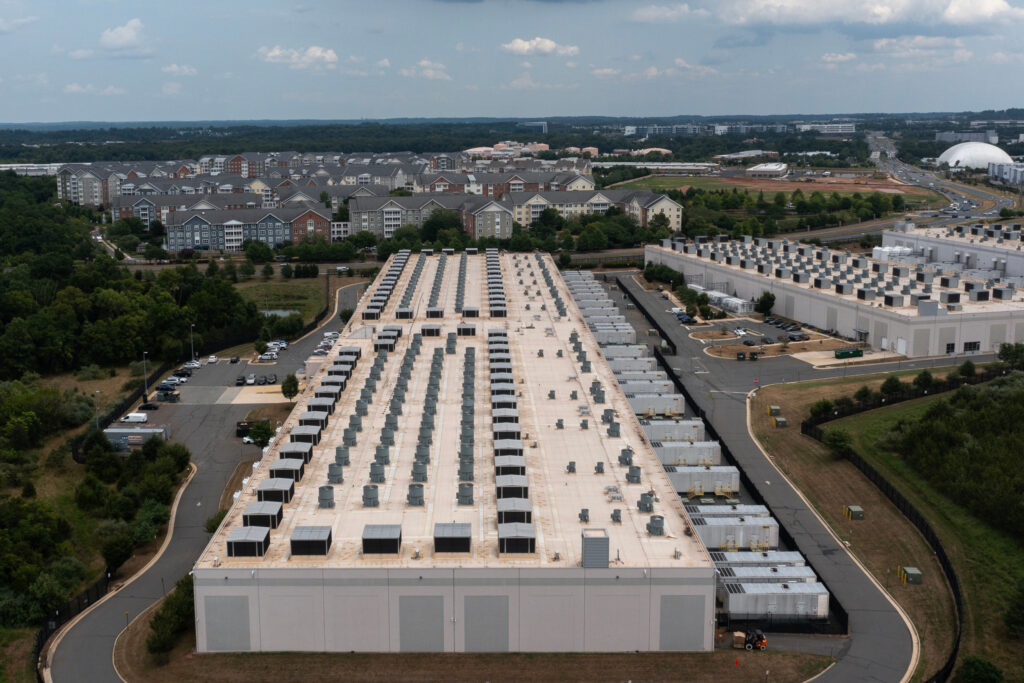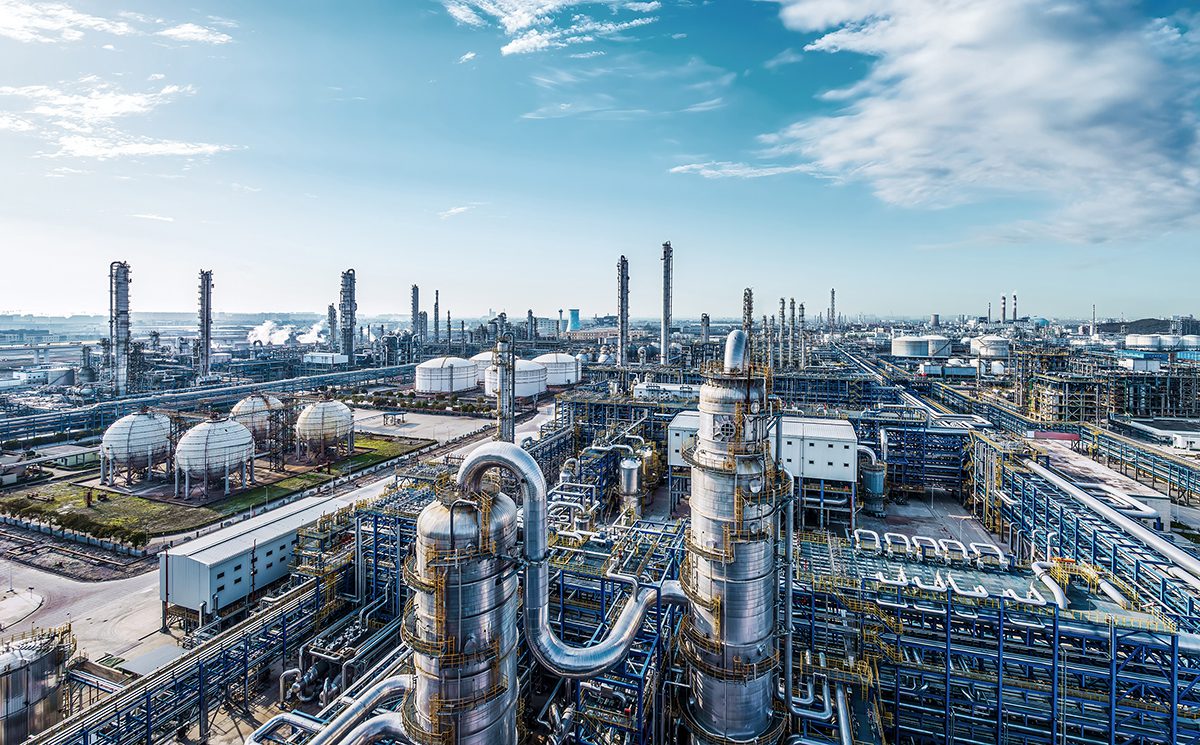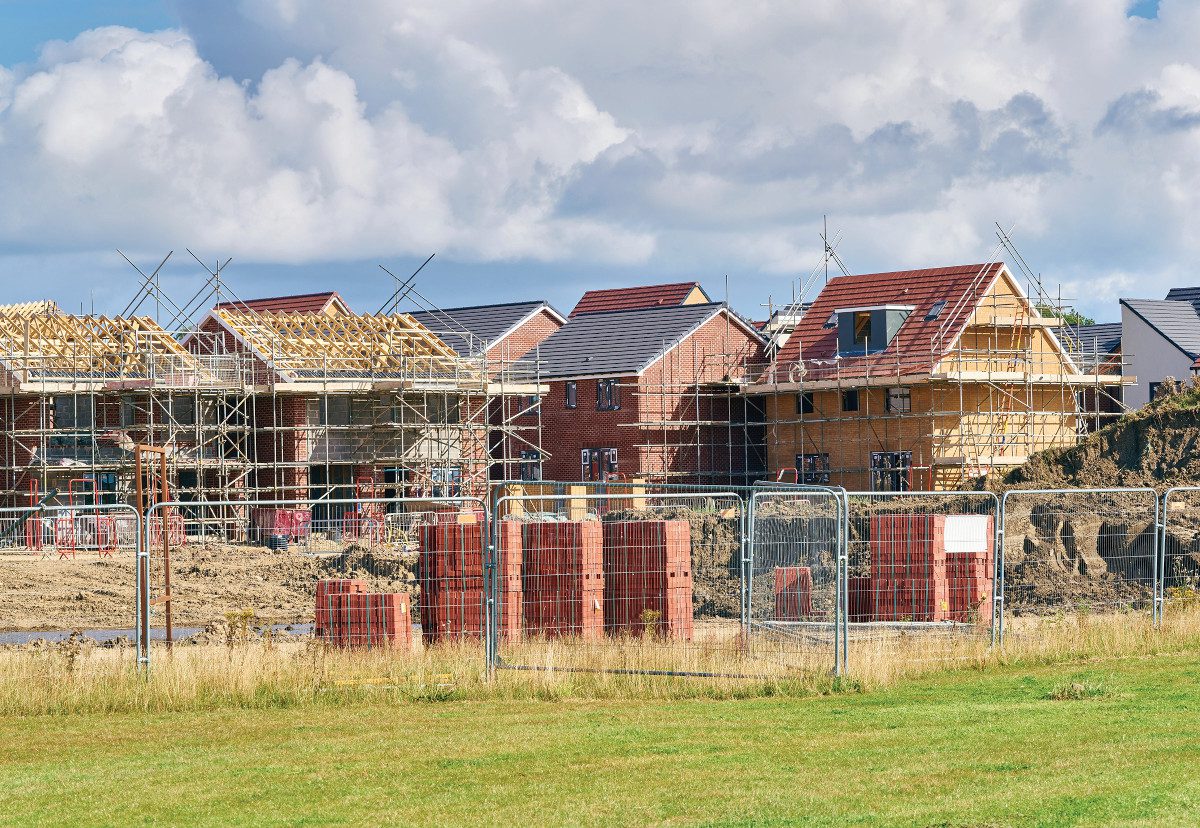Pumps specialist Dutypoint explains the significance of Environmental Product Declarations (EPDs), and introduces its EPD-certified, all-in-one tank and booster set, ScubaTANK®, with details on how it fulfills these requirements.
Although it may seem like environmentalism and sustainability have exploded in recent times, in fact, it’s nothing new. The concept of sustainability was first embraced in 1972 as a vision recognising the interconnectedness of social, economic and environmental issues.
In 1987, The World Commission on Environment and Development published “Our Common Future”, sometimes known as The Brundtland Report, through the Oxford University Press. It stressed the importance that development meets the needs of the present, without compromising the needs of future generations.
The pursuit of sustainability is a balancing act. It requires navigating policy, strategy, programming, and project implementation, while demanding changes to stakeholders’ mindsets, attitudes, and behaviours.
This is something that Dutypoint has achieved. We are committed to developing products that embrace sustainability and enrich everyone’s future and a prime example of this is our market-leading EPD-certified ScubaTANK®.
Before we get to that, let’s have a look at EPDs, LCAs, and our EPD ScubaTANK® in a little more detail.
EPDs explained
Environmental Product declarations, or EPDs, are Type III declarations which are recognised as the standard baseline for environmental product comparison, sharing objective, transparent information about a product’s carbon footprint, water footprint, and energy consumption.
Valid for five years after being awarded, EPDs showcase a manufacturer’s commitment to measuring and reducing the environmental impact of their products and services, helping consumers to make informed decisions about the products they buy.
Upon completion, the assessment is used to calculate an Environmental Product Declaration (EPD) in line with EN 15804 + A2, with both EPD and life cycle assessment (LCA) being verified against strict, independent protocols.
EPDs and LCAs
Although EPDs are built around lifecycle assessment practice and methodology, their scope extends well beyond lifecycle assessment. Why? They must factor in any additional requirements from EN 15804 and other related standards and frameworks.
There are several types of EPDs that cover the different lifecycle product stages. They are defined as follows:
Cradle-to-gate EPD which focuses solely on the manufacturing process and material harvesting and features a minimal amount of lifecycle assessment data.
Cradle-to-grave EPD which covers the entire product lifecycle, specifically covering its maintenance and end-of-life. Anyone wishing to create a product EPD or utilise a manufacturer’s EPD should choose cradle-to-grave EPD.
Cradle-to-grave EPD with options which include the minimum requirements that are present in the cradle-to-gate option with several additional modules from cradle-to-grave EPD variations.
The Differences Between EPDs and LCAs
LCA reports are one of the most common methodologies for quantifying sustainability. They provide a systematic analysis of environmental impact throughout the whole product, material, or process lifecycle. LCA models the environmental implications of industrial production. An accurate, comprehensive LCA provides valuable, sustainable data that decision-makers can use to support sustainability initiatives.
EPDs, or Environmental Product Declarations are typically shorter, simpler, verified environmental documentation used by organisations for in-house and external communications. They do not contain any sensitive company details or product information, like manufacturing processes.
The commercial benefits of EPDs
Within the construction industry, EPDs support carbon emissions reduction by promoting comparative analysis of different materials and products. This allows decision-makers to select the most sustainable option for their projects while optimising product impact and showcasing transparency.
A voluntary EPD is both internationally recognised and demonstrates a business’ commitment to environmental sustainability. Moreover, EPD-certified products benefit businesses in several different ways. These include:
- Market regulation: using or creating EPDs for a product or project
- Regulation and legal requirements: all public procurement bodies in the EU and EEA are required to use EPDs to assess a product’s environmental footprint
- Credits and certification: LCA credits are cost-efficient and easy to compare other credits’ requirements for your building’s certifications, and EPDs are also recognised by market-based systems
Let’s review the features and performance of our EPD-certified ScubaTANK®, including its key improvements, to demonstrate how it can comply with relevant EPAs.
The EPD-certified ScubaTANK®
Our innovative, sustainable, EPD-certified all-in-one tank and booster set, ScubaTANK®, features multi-stage submersible pumps, an inverter-driven smart tank level control system, and a common volt fault-free contact as standard.
The unit also includes isolation and non-return valves, pressure vessel, and a high flow failsafe close monitored inlet ball valve. These, plus many other features, make it ideal for both residential and commercial application.
More notably, the all-in-one tank and booster set that delivers maximum results with minimum hassle and is the first combined tank and booster set on the market to feature an EPD certification, EN 15804 + A2/ ISO 21930.

Key Improvements to the ScubaTANK®
Our EPD-certified ScubaTANK® features several key improvements. These include:
- Increased tank inflow rate so a higher flow can be achieved
- Smart remote monitoring to predict failures before they arise
- Electronically adjustable tank fill levels fitted as standard
- Improved electrical design for less downtime in the event of a failure
- Improved control bracket design for easier access to critical components
- High level alarm included as part of a common fault
- Manufactured to meet Environmental Product Declarations
Sustainability benefits
Our EPD-certified ScubaTANK® is the leading all-in-one tank and booster set. Below are the sustainability benefits you’ll reap when installing the system.
- ScubaTANK® promotes energy efficiency, whilst reducing your carbon footprint. Its variable-speed pumps ensure a low level of energy consumption. Additionally, the unit will power down when not in use and only use the minimal energy to satisfy demand.
- Designed as one complete packaged system for a tank and booster set, our ScubaTANK® is delivered to site as an individual unit that is ready-to-install, without additional packaging to maximise sustainability.
- The improved electrical design results in reduced downtime in the event of system malfunction or failure. This can lead to less overall runoff pollution and habitat degradation.
- All ScubaTANK® parts are manufactured to the highest quality and are WRAS-approved. This promotes system durability and longevity, complying with the highest standards of UK water regulations for maximum water efficiency.
- As a British manufacturer, Dutypoint promotes transparent product traceability across its entire range, including ScubaTANK®, therefore customers can be assured of superior efficiency, longevity, durability, and finesse.
EPDs and our future
Environment Product Declarations (EPDs) will play a pivotal role in the effort to realize a sustainable, eco-friendly future in which it is still possible to leverage high-performance products.
By providing transparency and comparability while encouraging sustainable choices, EPDs help people make better, eco-friendly decisions about the type of products they use. This is exactly why Dutypoint has developed the market-first EPD-accredited ScubaTANK® all-in-one tank and booster set.
To learn more about EPDs or browse our selection of sustainable products like Dutypoint’s EPD combined tank and cold-water booster ScubaTANK®, get in touch with Dutypoint today.




